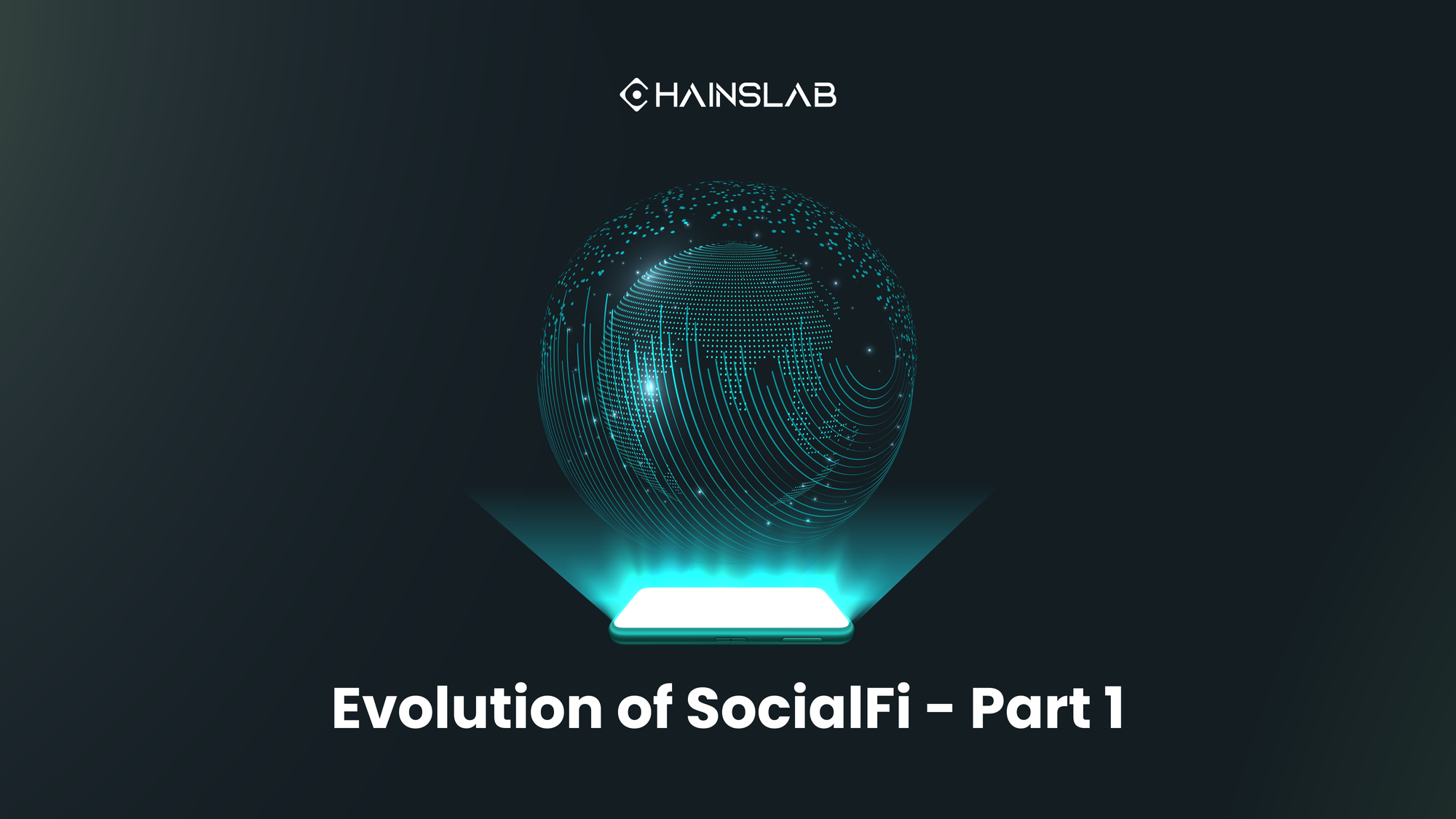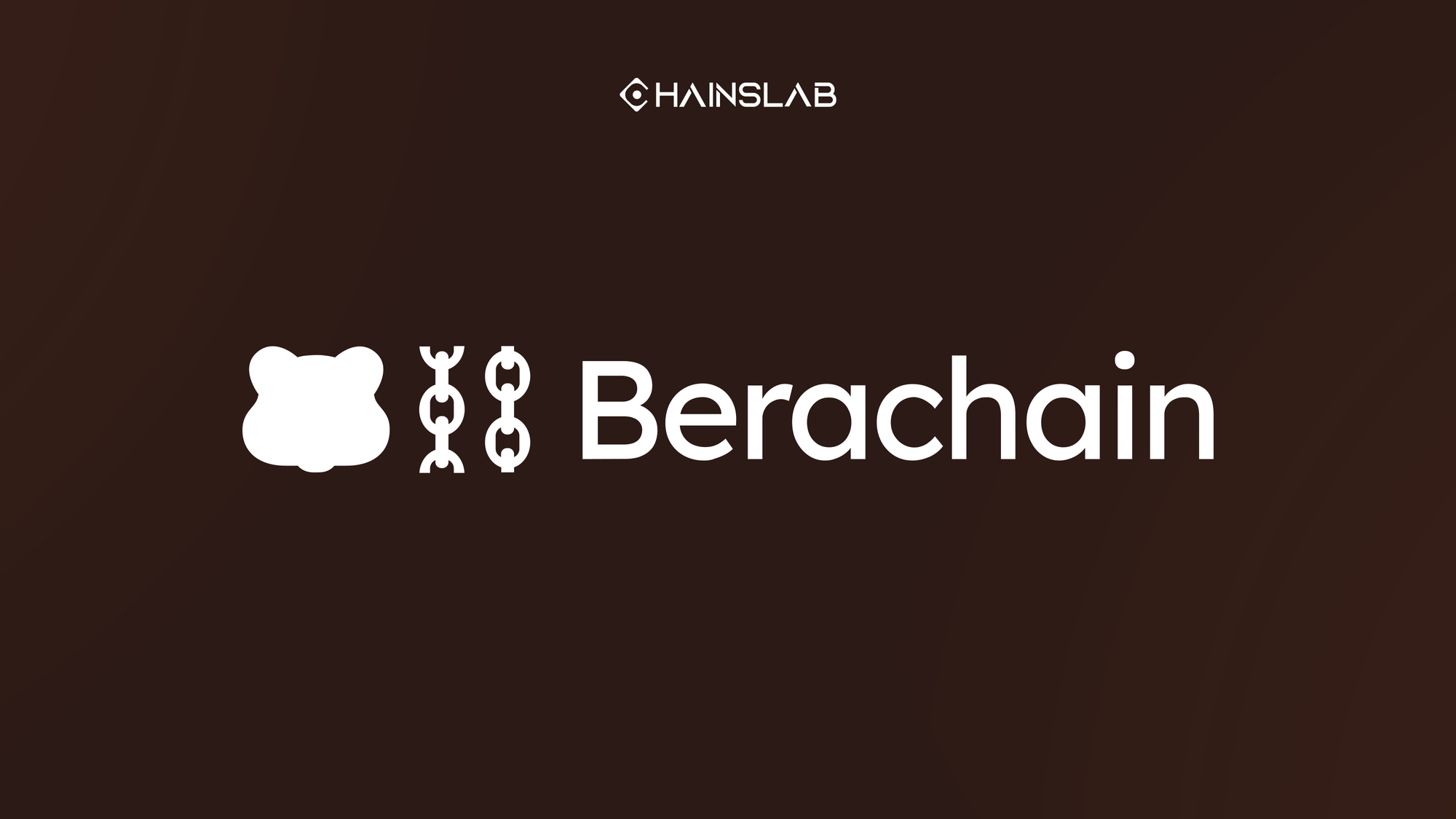TL;DR
- Early days of Facebook and Instagram were fun, but now it’s all ads and privacy issues.
- SocialFi promised to mix DeFi with social media for real connections.
- Bitclout and ICP tried to shake things up by making social media more valuable and decentralized, but they ran into lack-of-user troubles.
- SocialFi hasn’t taken off as expected. Most crypto fans are still on platforms like Telegram and Twitter (now X).
- Big issues for SocialFi include legal challenges, tech problems, lack of interest, and financial incentives not lasting.
- As traditional social media struggles, SocialFi is also finding it hard to make a lasting impact.
Introduction
Remember the early days on Facebook, filled with friends' updates, birthday reminders, and your mom's cat video? Or when Instagram was our digital scrapbook, showcasing our best moments and discovering the beauty in others' snapshots?
However, over time, the flaws began to surface. What began as innovative communication platforms gradually turned into advertising arenas, with our attention as the product and privacy a luxury. The dream of endless connectivity left many feeling more isolated.
During the crypto boom of 2020-2021, a new idea called "SocialFi" was created with a promise to return to genuine connections and reward participation. But, like any new idea, SocialFi has its pitfalls, potentially even more so than traditional social media.
This piece explores the current state of traditional social media and its challenges, then shifts focus to SocialFi—its origins, promises, and problems.
The Death of Social Media
Privacy is a big concern. Every like and scroll is watched by these companies, using what they learn to push ads they think you'll click on.
Then there's the impact on our well-being. Research by The Child Mind Institute shows that heavy use of platforms like Instagram and Facebook is linked to a higher rate of depression among teens and young adults.
For those sharing their work or running a business, getting noticed without paying for ads is increasingly difficult. What used to be easy now feels like you need to spend a lot to get any attention.
Social media companies are in a tough spot. They need to please both users and the ones paying the bills: advertisers and investors. We users want to message friends and share photos, but advertisers and investors want more activity because it creates more ad space, and that means more money for them.
In 2023, Meta saw fewer people using its business portal, business.facebook.com. Facebook's visits dropped by 6.4% and saw permanent declines in regular use in the US. However, apps like Instagram and WhatsApp are gaining users, along with Locket, showing users’ preference for more private sharing spaces away from ads.
But there's more to it. Deep down, people are looking for real connections through social media. But, instead of finding meaningful conversations, we often end up feeding our brains a steady diet of digital junk food. Social media has become a master chef at cooking up instant dopamine hits, those little bursts of feel-good vibes, with every like, share, and scroll.
So, what's a dopamine-addicted brain to do? You can't just switch from endlessly scrolling Facebook to sitting in a pagoda for a dopamine detox. No, that brain is going to look for its next fix, and quick, shallow content like TikTok's endless stream of videos serves up just that.
But here's the kicker: when TikTok starts to drown users in ads and the same old loops of content, the search for the new dopamine dealer begins anew. It's a never-ending cycle, an endless chase for the next quick content fix that leaves us feeling empty.
It's a twisted kind of irony - social media, designed to connect us, ends up leading us on a merry dance in search of something it can never truly offer: deep, meaningful connections. And in this dance, we hop from one platform to the next, always hoping, never quite satisfied.
SocialFi
Crypto natives, determined to break the cycle of inevitable decline, added the word 'Finance' to the mix, creating the concept of 'SocialFi'. Now the question is raised: What is actually Social Finance - SocialFi?
To truly understand this category, let's take a trip back in time. When you search for 'SocialFi' on Google, the earliest mentions pop up around Q3 2021. This was when a project named Bitclout made its debut.
Bitclout kicked off something crypto users at that time had never seen before. It wasn’t just about posting pics or tweets; it was about turning your social presence into real value. Each user on Bitclout got their own 'creator coin.' The more popular you were, the more your coin’s value shot up. It was like real-time trading based on people's social standing.
This concept turned heads. For the first time, influencers and regular folks alike could see their social engagement translate directly into monetary value. It wasn’t just a popularity contest anymore; it was an investment in people’s digital personas.
Bitclout raised a crazy amount of $200M from some of the biggest names like a16z. At its peak, the platform's market cap even reached $2B.
But this idea wasn’t without criticisms. The platform raised concerns about privacy and the potential for market manipulation. Though not succeeding, Bitclout’s idea really set the stage for future SocialFi projects, specifically Friend.tech that you guys have been using.
Another SoacialFi project, ICP (Internet Computer Protocol) aimed to overtake the entire Web3 social media infrastructure. Their vision was to build a decentralized platform capable of running at web speed but without centralized control.
ICP was all about bringing power to users and developers, giving them the freedom to create and engage without the constraints of traditional social media platforms.
ICP’s approach was ambitious – creating a decentralized version of the internet that could support various social media applications, including DeFi, NFT, and even GameFi. The goal was to tackle issues like data privacy, censorship, and the monopolistic control of big tech companies and bring users to the Web3 Valhalla.
First, there's the path laid out by Bitclout. It's about turning social media influence into coins (or keys in friend.tech language) for their fanbase to purchase. Then there's the route inspired by ICP. This is about building a whole new Web3 platform from the ground up.
These seem like two totally different paths, but they share the same core: Trying to bring finance into social media with the aim of incentivizing users. Might sound a bit like OnlyFans, where you're paying monthly to see girls’ nudes, right? But hold on, it's not quite the same. Let me set the definition correctly.
SocialFi is to integrate DECENTRALIZED FINANCE into social platforms, all for the purpose of incentivizing users.
This concept, at least on paper, could change the game. It aims to break through the inevitable downward spiral of traditional social media platforms by integrating financial rewards as a key incentive. This strategy could potentially shift the entire industry, making user participation not just about social interactions but also about financial benefits.
However, it's already been 3 years since SocialFi first hit the scene. What happened? Unfortunately, most projects went to veins, and only a handful have made a burst, even then, just for a short while.
Crypto degens are still mostly hanging out on Telegram and Twitter to talk about crypto. These are classic Web2 platforms, not the revolutionary SocialFi platforms we expected. So, why hasn't SocialFi taken off as something big yet?
SocialFi Failures
Bitclout came in like a storm with a big idea, but things didn’t go as planned. Here’s the lowdown on what went wrong.
First up, there was a bunch of legal trouble. Bitclout allowed you to buy creator coins of Twitter influencers, which means it used people’s faces and names to make money, and that didn’t sit well with the law experts.
Then, the tech side was a mess. Bitclout wasn’t ready for all the people coming in. Their system kept crashing, and they even had to put a password to stop too many people from coming in at once. Not a great look when you’re trying to show off a new platform.
Even though the guy running Bitclout, Diamondhands, said the funds they raised were all good, people were still worried. They had over $170 million in Bitcoin, and nobody was sure what they were doing with it. Bitclout pre-mined a bunch of their currency for themselves and their investor buddies, which made some people question whether this whole thing was even legit.
Now, here’s the part that really hit Bitclout hard – the money problem, the yield. People in crypto want to see their money grow, and grow fast. But Bitclout wasn’t keeping up with the rest of the market.
When folks saw they could make more money elsewhere, they bailed. Just like that, Bitclout’s big idea started falling apart.
ICP launched its new social media platform with big dreams of changing the game through decentralization. However, a few months in, it's clear that hardly anyone's using it.
The platform itself is laggy and hard to use, feeling outdated compared to the smoothness of Instagram and TikTok. It's like stepping back into the Stone Age - a hassle more than anything.
Social media's all about connecting, but ICP feels like an empty venue. We stick to platforms like Facebook or TikTok for the social vibe and instant fun. ICP, on the other hand, ended up as a ghost town.
To thrive, a social media site needs content, which requires users. ICP found itself in a catch-22: no users meant no content, and vice versa. It's a hard cycle to break.
Moreover, ICP failed to offer a compelling reason for people to switch. Decentralization might sound neat, but without a clear, attractive value proposition, it wasn't enough to lure users away from their go-to apps.
Conclusion
When comparing the challenges SocialFi faces against traditional social media, it's clear SocialFi has a tough path ahead.
Legally, SocialFi's core idea of decentralization isn't accepted by all governments, and turning online popularity into digital tokens faces regulatory challenges.
On the privacy front, SocialFi, with its blockchain transparency, may struggle to offer the personal connections users find in traditional social media's direct messaging and private groups.
Content-wise, there's little incentive for users to switch from their familiar, content-rich Web2 platforms to decentralized SocialFi platforms. Despite addressing centralization issues, these platforms don't offer enough to entice the average user away from mainstream social media.
Financially, SocialFi platforms initially attract users with profits, but as these rewards diminish over time, interest wanes. The financial motivation isn't sustainable, leading to a decline in user engagement.
While traditional social media is facing its own downward spiral, SocialFi is also facing significant obstacles. But, every new solution comes with challenges, and the true spirit of innovation is finding ways to overcome these issues. We'll find out these in Part 2.



